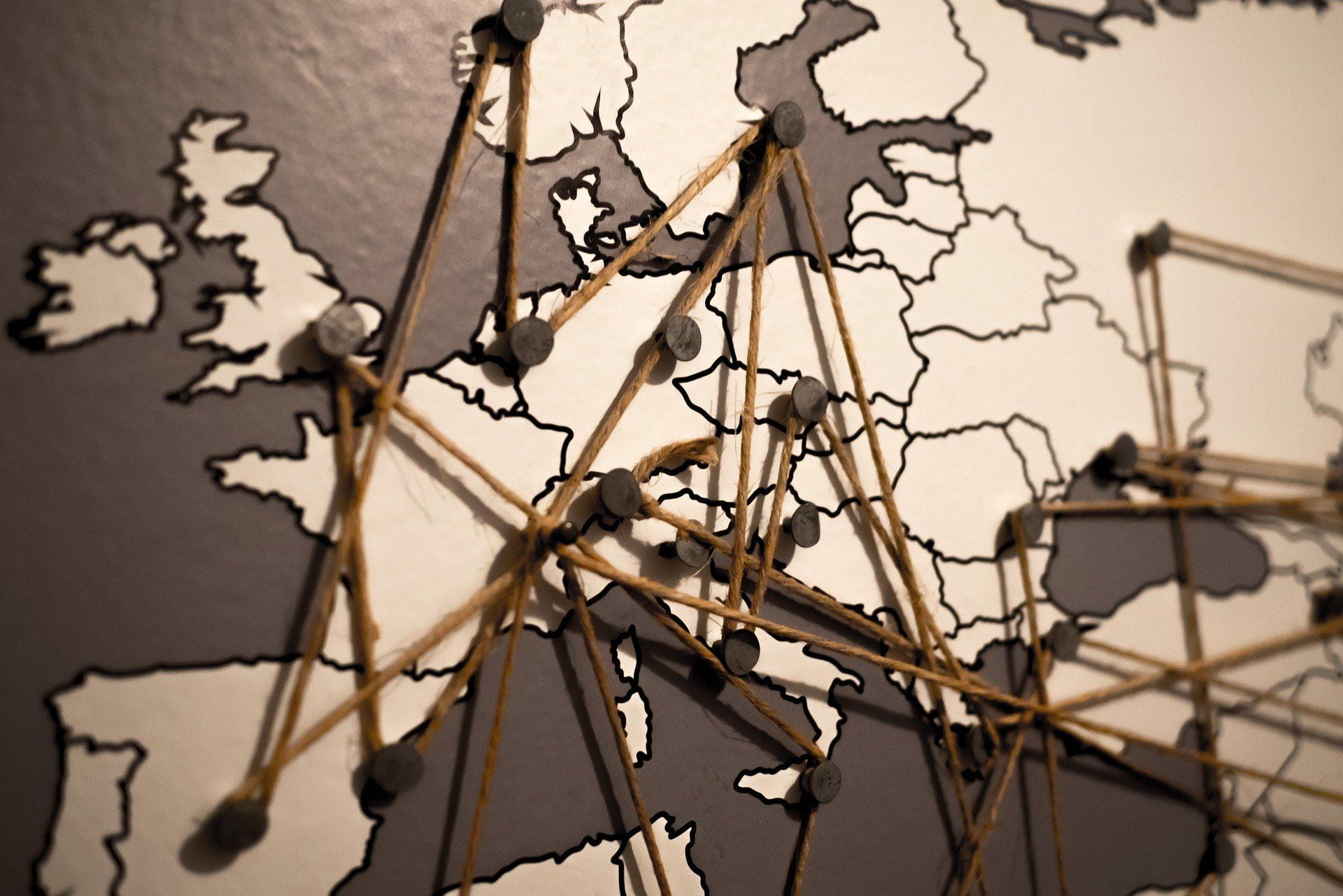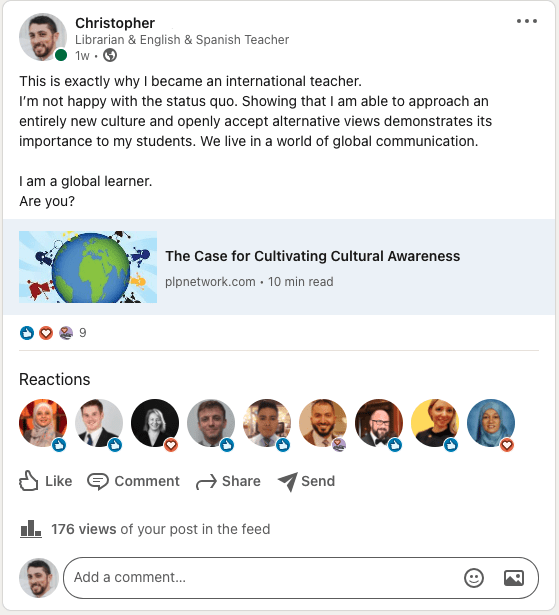
Educators expect their students to become lifelong learners. Professional development for educators is one way they remain lifelong learners. Professional development for educators occurs in many ways, including, conferences, seminars, in-servicing, team-member-led professional development and staff networks (Tour, 2017; Moreillon, 2016). Technology has enabled educators to personalise, broaden and enhance their practice through active participation in their PLNs.
There are numerous mediums through which educators can build their PLN (Moreillon, 2016), including YouTube, Nings, blogs and various social networking sites to name but a few (Tour, 2017). This guide will look specifically at the features of Twitter, LinkedIn and Facebook and how each can be used to develop a comprehensive PLN.
Twitter is a social networking or instantaneous microblogging site that allows up to 280 characters per tweet (Dvorkin Camiel et al., 2014). Along with all the basics of social networking, including, posting original tweets, retweeting, commenting and sending and receiving private, Twitter also allows users to explore hashtags, search topics and build lists. As it is user-driven, users can decide how much or how little to participate, engaging in synchronous discussions or linking in asynchronously, thereby, expanding or limiting their access to education professionals around the world and the extended professional development opportunities they provide (Luo et al., 2017).
In a recent study of pharmacy students developing their PLN through Twitter, a large number of students reported their engagement with peers and peers’ posts through Twitter provided them access to high-quality information which enhanced their professional development (Dvorkin Camiel et al., 2014).
LinkedIn is a professional social networking site where users build a profile; write, share, comment on and like posts; and send and receive private messages. Users are able to search for contacts, organisations, jobs and posts. Furthermore, as the user’s network expands, so too does their access to posts from second and third-degree connections.
As an example, Chris is an international educator with 66 LinkedIn connections. He shares an article, including his thoughts on how the article resonates with him. Within a week, his post received 176 views, with likes coming from within and beyond of his network. (Bell, 2021)

Facebook, similar to LinkedIn, is a social networking site where users build a profile; write, share and comment on posts; build groups; and send and receive private messages. During the peak of COVID-19 related school closures, a number of educator support networks were built. One such group, Online School Closure Educator Support for Librarians was established during COVID-19 related worldwide school closures and rapidly built a network of 1 700 users. Another such example, The Global Educator Collective built a network of 127 000 members, with the aim to connect groups of educators for support throughout COVID-19 school closures (Global Educator Collective, n.d.).
The second step in developing your PLN is in selecting one or multiple platforms. Select at least one platform. Once you have created a professional account move to Step 3 where we will discuss the potential challenges you may come across.